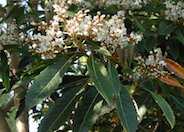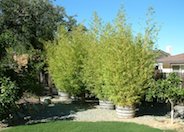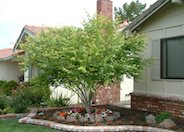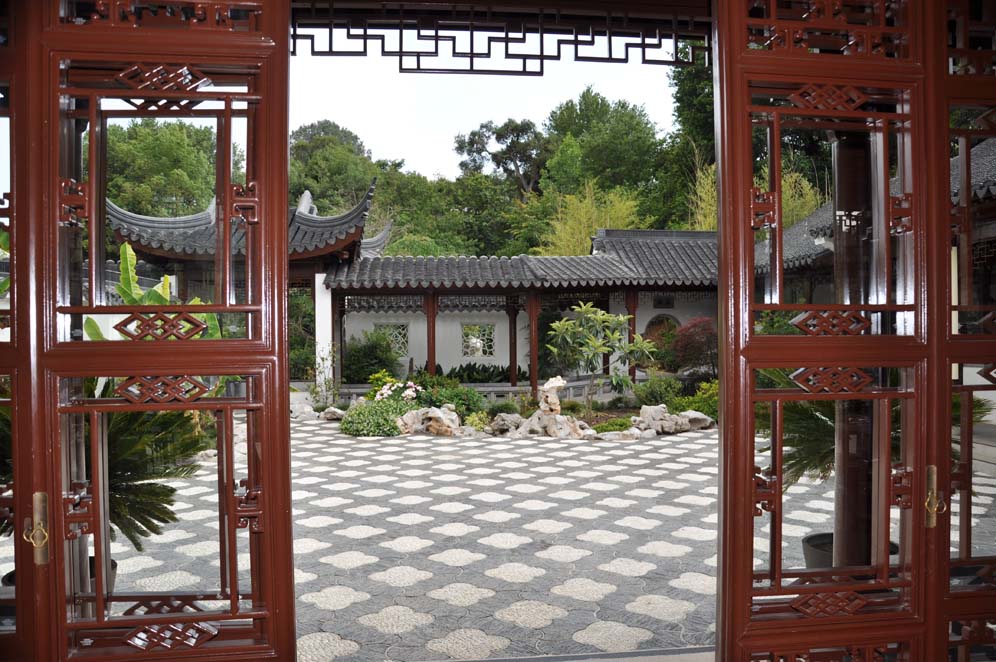
Common name:Sago-Palm
Botanical name:Cycas revoluta
Sago Palm resembles small palms; it is evergreen. It can slowly grow to 10'. It is used for a tropical effect and also looks great in planters. In the low desert, light shade and additional moisture are best. Side sprouts can form multi-trunked individuals. Apply fertilizer at leaf expansion. This plant has few pests.

Common name:Star Jasmine, Maile Haole
Botanical name:Trachelospermum jasminoides
The Star Jasmine is an evergreen vine that grows 20' tall or as a groundcover that reaches 1'-2' tall and 4'-5' wide. It has white fragrant flowers in the summer and can tolerate sun or partial shade. The Star Jasmine is also drought tolerant. -Cornflower Farms

Common name:Loquat
Botanical name:Eriobotrya japonica
Eriobotrya japonica is an evergreen tree that grows 12'-25' tall and 12' to 30' wide with large green leaves. It requires average, well- draining soil, with half to full sun, and low to medium watering. White flower clusters bloom in winter, followed by yellow, melon-tasting oval fruits in spring. It needs afternoon shade in desert areas to prevent leaf burn. Water deeply to remove salts and promote more fruit.

Common name:Golden Bamboo, Fish Pole Bamboo
Botanical name:Phyllostachys aurea
This Bamboo will grow to about 25' tall and is drought tolerant with dense foliage. This running bamboo needs to be restricted or confined.

Common name:Japanese Maple
Botanical name:Acer palmatum
This magnificient plant can used as a small tree or shrub. It is deciduous with graceful leaves which have a scarlet color in spring as it leafs out. Leaves later turn orange or yellow in fall. It is slow growing to 20', and requires shelter from the hot sun. The leaves of this tree are small, light green in color, and deeply lobed. It should also be noted that this tree remains spectacular throughout all seasons. It can be used as a bonsai plant.
| Designer: Huntington Gardens | Huntington Chinese Garden 27 |
Photographer: GardenSoft |
Soils and Compost:
Practice grass-cycling by leaving short grass clippings on lawns after mowing, so that nutrients and organic matter are returned to the soil.
Integrated Pest Management:
Drip and other smart irrigation delivers water directly to roots, allowing no excess water for weeds.
